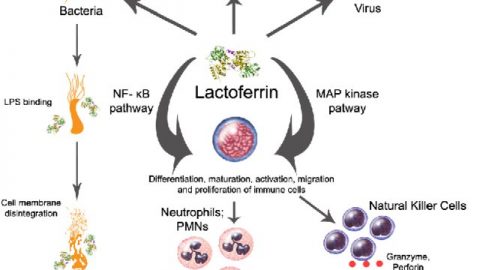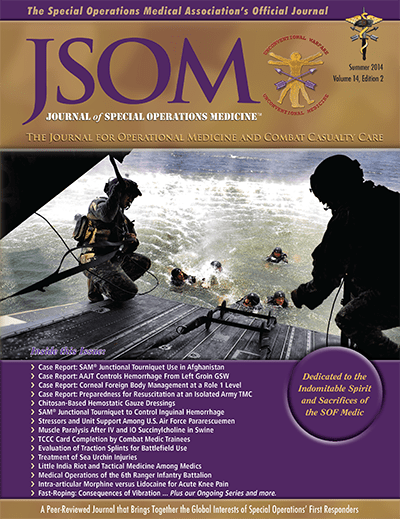Ferroptosis is a relatively recent discovery in the realm of cell death mechanisms. While most are familiar with apoptosis and autophagy—both forms of programmed cell death—ferroptosis represents a fundamentally different process: it is iron-dependent, characterized by the accumulation of lipid peroxides and reactive oxygen species (ROS), ultimately leading to oxidative cell death.
Interest in ferroptosis surged during the COVID-19 pandemic, as researchers uncovered its potential role in the pathogenesis of the disease. Studies suggested that SARS-CoV-2 infection might trigger ferroptosis in multiple tissues, contributing to the inflammation and organ damage observed in severe cases. I’ve written a detailed article on that topic people can read HERE. But even beyond viral pathology, ferroptosis has rapidly become a hot topic in oncology research—and for good reason.
Ferroptosis in Cancer: A Targeted Opportunity
Cancer cells, particularly those within solid tumors, often exhibit elevated iron levels compared to surrounding healthy tissues. This iron-rich environment creates a unique vulnerability: if ferroptosis can be selectively triggered in tumor cells, it offers a powerful and potentially selective therapeutic strategy. By tipping the balance toward oxidative stress and lipid damage within the tumor microenvironment, ferroptosis could become a precision-guided cell death pathway—one that spares normal cells while destroying malignant ones.
Enter Lactoferrin: Iron Regulator and Immune Modulator
This is where lactoferrin (Lf) enters the picture. Lactoferrin is a multifunctional iron-binding glycoprotein, naturally produced in the body and also available through dietary sources like colostrum and whey protein—though even these contain less than 1% lactoferrin by weight. Lactoferrin can also be purchased as a supplement.
Lactoferrin plays numerous roles in human physiology:
- Immune regulation (part of the innate immune system),
- Antimicrobial and antiviral activity,
- Anticancer properties, both direct (cell cycle modulation) and indirect (immune activation, iron sequestration),
- Iron transport and regulation.
BTW, for those who want to learn more about this important bio-active peptide, I have linked my prior articles throughout this page. My personally interest and journey with researching and writing about lactoferrin started approximately three decades ago!
Crucially, lactoferrin exists in two main forms:
- Apo-lactoferrin (iron-free): Has high iron-binding affinity and tends to act as an iron chelator, reducing free iron and suppressing oxidative stress.
- Holo-lactoferrin (iron-saturated): Can serve as an iron donor, particularly in tumor environments where transferrin receptor expression is high.
This dual nature of lactoferrin is key: depending on the context—iron saturation, cellular environment, and tumor type—lactoferrin can modulate ferroptosis in potentially therapeutic ways. Several studies have found lactoferrin promoted ferroptosis in different tumor models, such as breast cancer and prostate cancers. This is early research and far more is required to fully understand what value lactoferrin has in cancer treatments (data also strongly supports a cancer prevention effect of lactoferrin not examining ferroptosis ), but LF has many potential benefits via various mechanisms. Right now, data is limited to animals and in-vitro models specific to LF and ferroptosis in tumors and cancer treatments.
Conclusion
LF has shown anti-cancer effects in various models, precisely how it achieved that was unclear. One of them is likely via ferroptosis in tumor cells, but there’s others to consider. Not to be ignored: LF is but one bio-active peptide in whey and colostrum and no doubt one of many reasons both associated with a long list of potential benefits, which I cover extensively on this site, as well as various other publications over the decades.
Note: Human LF and bovine LF are almost identical, yet, bovine appears to be more effective for combating cancer than human LF, for reasons that are discussed at great depth in this excellent review paper listed first in the sources section below.
Sources:
“Controversial role of lactoferrin in cancer: A narrative review” Biomedicine & Pharmacotherapy. Volume 181, December 2024, 117743
“Holo-lactoferrin: the link between ferroptosis and radiotherapy in triple-negative breast cancer.” Theranostics. 2021 Jan 1;11(7):3167–3182.
“Bovine Lactoferrin Induces Cell Death in Human Prostate Cancer Cells.” Bioactive Compounds of Food: Their Role in the Prevention and Treatment of Diseases 2022. September 2022
Will Brink is the owner of the Brinkzone Blog. Will has over 30 years experience as a respected author, columnist and consultant, to the supplement, fitness, bodybuilding, and weight loss industry and has been extensively published. Will graduated from Harvard University with a concentration in the natural sciences, and is a consultant to major supplement, dairy, and pharmaceutical companies.
His often ground breaking articles can be found in publications such as Lets Live, Muscle Media 2000, MuscleMag International, The Life Extension Magazine, Muscle n Fitness, Inside Karate, Exercise For Men Only, Body International, Power, Oxygen, Penthouse, Women’s World and The Townsend Letter For Doctors.
He’s also been published in peer reviewed journals.
Will is the author of the popular e-books, both accompanied by private members forum access , Bodybuilding Revealed & Fat Loss Revealed.
You can also buy Will’s other books on Amazon, Apple iBook, and Barnes and Noble.







